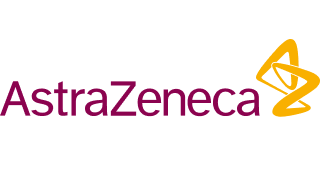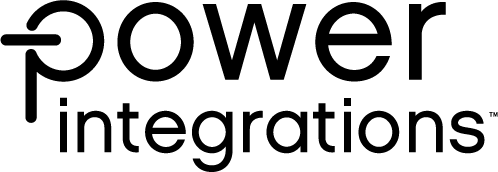Data & AI Access Governance
Sensitive data is everywhere. Commvault Cloud Data & AI Access Governance helps you control data access so that your sensitive data is protected and shared appropriately.

Demo Video
Reduce Data Risk
See how Commvault Cloud provides the insight and control over sensitive data access and helps remediate risks, like overly-permissive sharing.

How we do it
Data access governance & control
Using Commvault’s data discovery and classification, Data & AI access governance provides mechanisms so only authorized users can access sensitive information, helping reduce the risk of data breaches and sensitive data leakage.
Customized access policies based on classification
Help control access to sensitive data based on how it’s classified, enabling responsible use for both humans and AI models.
Enable data access with guardrails
Enable access to sensitive data with privacy controls such as data masking and redaction.
Remediate data risks
Be able to find sensitive data being shared with open permissions so your team can change settings to reduce risk of leakage or inappropriate access.
Our Reach
Supporting more than 100,000 companies
Datasheet
Commvault® Cloud Risk Analysis
Gain visibility into data risks to help protect and defend sensitive data and improve your security posture.


Persistent Systems

Cyber Recovery Readiness Report

Modern Security Strategies with NIST CSF: From Identification through Recovery
Frequently Asked Questions
What is ‘access governance’?
Data access governance is the practice of managing and controlling who or what can view or interact with sensitive data types across an organization. It uses classification combined with defined policies and permissions to align access rights with user roles, protecting sensitive information from misuse or unauthorized exposure.
Is access governance important in the age of AI?
Absolutely. Data governance is important for AI because it helps validate that the data used to train and operate models is accurate, high-quality, and sourced appropriately. It helps prevent privacy violations and misuse of sensitive information, which can otherwise compromise AI outcomes. Strong data governance also builds trust by helping making AI systems more transparent, accountable, and aligned with regulatory standards.
What does it mean if data access is overly-permissive?
If data access is overly permissive, it means users or systems have more access rights than necessary to perform their tasks. This increases the risk of data leaks, accidental deletions, or malicious misuse because sensitive information is exposed to individuals or AI tools who shouldn’t have it.
Are the only access controls ‘grant’ or ‘deny’ when it comes to data access?
No. There are other techniques that can help enable data usability while respecting privacy or preventing secrets from leaking. For example, data masking protects privacy by replacing sensitive information—such as names, social security numbers, or credit card details—with fictional but realistic substitutes. This allows data to be used safely for testing, analytics, or training without exposing real personal or confidential information. Data redaction simply removes sensitive data from responses. By obscuring identifying details in either of these ways, you can help reduce the risk of data breaches and unauthorized disclosure while preserving the data’s usability.
Get Started
Try Commvault Cloud today
Cyber resilience for the cloud-first enterprise, with the first platform built to enable continuous business.








